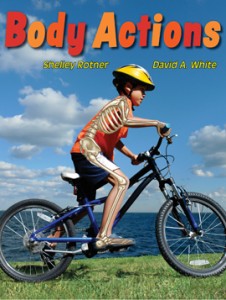 What better way to celebrate the Fourth of July than with a slice of apple pie and a beautiful picture book about an American legend? Seed by Seed: the Legend and Legacy of John “Appleseed” Chapman written by Esme Raji Codell and illustrated by Lynne Rae Perkins is one of the most thought-full biographies I’ve read. Codell and Perkins invite children to leave behind the world of concrete, cars, and screens, and enter a time when one man made a huge impact on our country, seed by seed.
What better way to celebrate the Fourth of July than with a slice of apple pie and a beautiful picture book about an American legend? Seed by Seed: the Legend and Legacy of John “Appleseed” Chapman written by Esme Raji Codell and illustrated by Lynne Rae Perkins is one of the most thought-full biographies I’ve read. Codell and Perkins invite children to leave behind the world of concrete, cars, and screens, and enter a time when one man made a huge impact on our country, seed by seed.
John Chapman, or Johnny Appleseed, planted so many seeds across America that chances are the apples you eat are descendents of his trees. His legend of humble generosity is a story every child should know. I love the five examples Johnny Appleseed planted that we can follow:
“Use what you have.
Share what you have.
Respect nature.
Try to make peace where there is war.
You can reach your destination by taking small steps.”
And I just want to hug the book every time I read the end:
“Seed by seed, deed by deed,
Johnny Appleseed changed the landscape of a nation.
And now it’s your turn.
One small deed, every day.
What seed will you plant?”
Pick this book to use in your classroom as a biography, as part of a unit on apples, in an American legends unit. Codell, who knows what works in the classroom (remember the terrific book about a teacher’s first year called Educating Esme? That’s her!) has great ideas in the back of the book, including a recipe for apple pie. There’s also a fantastic free teacher’s guide on harpercollins.com. I’d have students help me make a yummy apple treat to share as we discuss the five examples of Johnny Appleseed. Connecting what Johnny did in his life to each of those ideas will be a good Common Core Key Ideas & Details lesson (plus you can put a checkmark next to Range of Reading). You can talk with your students about putting these examples into place in your classroom. Seed by Seed could inspire your students to plant seeds of kindness, and those seeds could spread through your school, your community, your nation. That is as wonderful and American as apple pie.
Have a happy Fourth of July!
For more information about the author, please visit planetesme.com.
For more information about the illustrator, please visit lynnerae.com.



